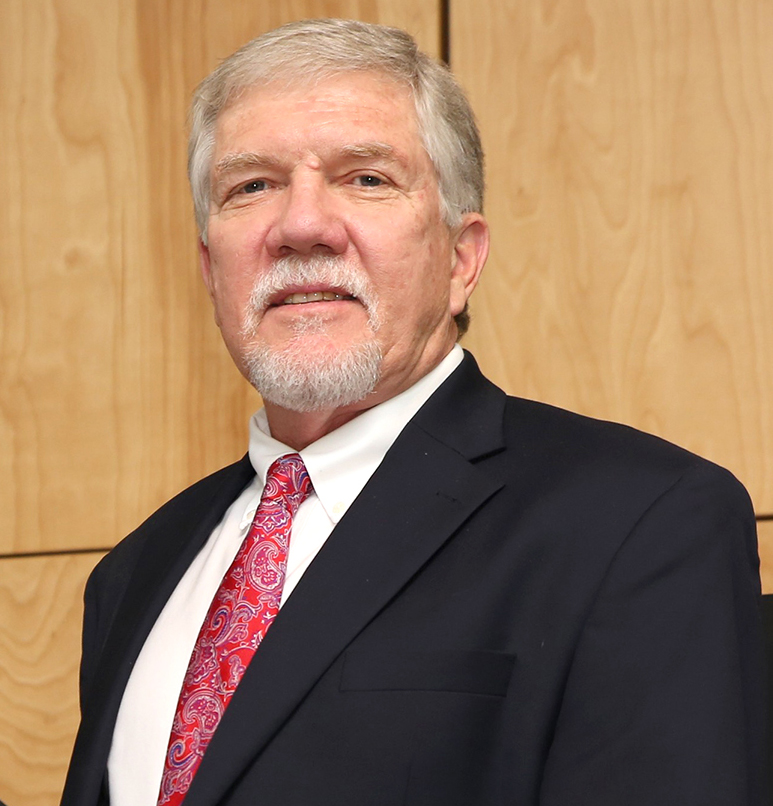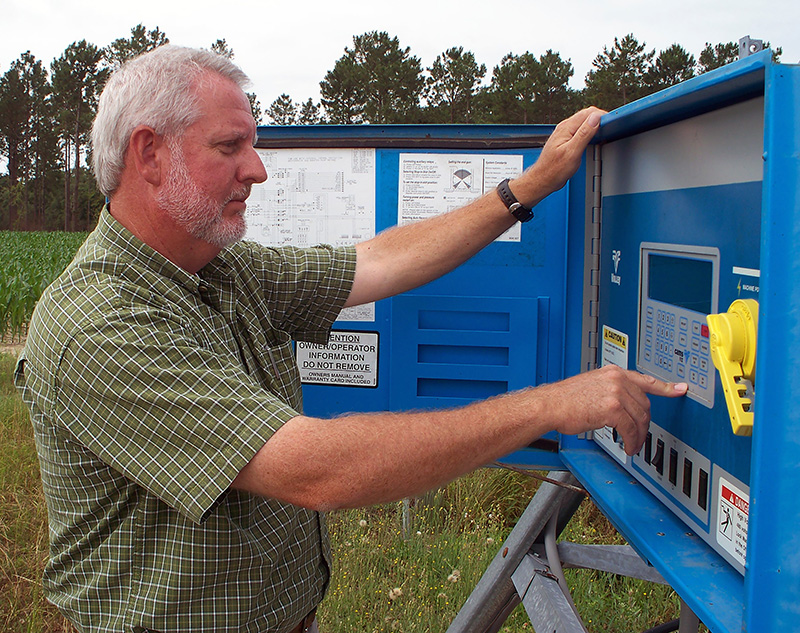Four years ago, Bartlett Tree Experts, an international tree company, got the call to be the people to care for the trees that will bring life back to the World Trade Center Plaza.
“These are probably the most cared for trees on the planet,” said Wayne Dubin, Bartlett’s vice-president and division manager.
More than 400 white swamp oaks and sweetgum trees were relocated to a New Jersey nursery four years ago to be groomed for placement at the 9/11 memorial. Only 386 will eventually call the prestigious site home. Data collected from the trees will help experts determine which trees will be best suited for the memorial.
“We monitor and treat the trees to ensure maximum vigor and ideal health status,” Dubin said.
To help Bartlett care for the trees, which will be cast into the global spotlight, the company enlisted the help of the UGA Consortium for Internet Imaging and Database Systems, or CIIDS, which created a database system to track the trees’ care.
The system monitors and stores important information like watering schedules, pesticide, herbicide and fertilizer applications, pruning, weed control, tree height and diameter and fall color. It also includes a sensor system that reads the soil moisture and temperature in the root ball of each tree.
“You essentially have the history of the tree at your fingertips,” said Sherri Clark, principal developer with CIIDS. “If a tree has suffered some storm damage or its soil was too dry, you can see it. This information is important when selecting trees to move to the site.”
Weekly reports are automatically generated by the system and emailed to stakeholders.
“We have so many parties involved in this project, we needed a central repository for all the information,” said Mike Sherwood, Bartlett inventory solutions manager. “Having a central place for people to get the information was identified as needed early on. We were happy with our other CIIDS products. So, we approached them for help.”
“It has been a moving experience to be associated with this project,” Clark said. “As a developer, I don’t often have an opportunity to have a tangible effect on the world around me and through this application I have had that opportunity.”
Many years ago, CIIDS developed the UGA Cooperative Extension Distance Diagnostics through Digital Imaging System. The success of DDDI pushed the group to develop more custom database applications, said David Barber, the CIIDS director.
Bartlett and CIIDS have had a long relationship. CIIDS has also developed other applications for the company, including an accident reporting system and an in-house diagnostics module and a soil sampling database.
The National 9/11 Memorial and Museum will cover 8 acres, half of the site left in rubble after the Sept. 11, 2001, attacks.
The white swamp oaks growing at the New Jersey nursery average 30 feet tall with leaf canopies between 18 feet and 20 feet wide. They are expected to grow to 80 feet tall.
So far, 16 white swamp oaks have been planted. Bartlett hopes the site will be ready for a few more before the end of the year.
“This experience has been unique in a number of ways,” Dubin said. “It is an amazing project, and we are honored to be a part of this. It is not about the trees. It is about the people who miss their loved ones and creating a memorial for the victims of 9/11.”








